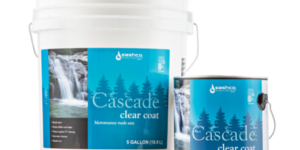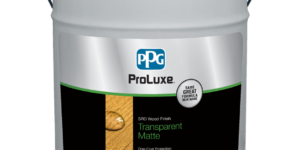Slab Concrete Crack Repair Caulk – 10.5 oz (12 Pack)
$131.88
Slab offers the perfect combination of toughness, flexibility, and adhesion for enduring concrete crack repairs. This user-friendly product is 100% acrylic latex water-based, making it easy to apply, with a textured finish that mimics concrete for seamless blending. Furthermore, Slab is environmentally friendly, containing no isocyanates or solvents, ensuring it’s gentle on both your senses and the planet.
This product may qualify for free shipping!
Description
Where to use
Sidewalks, driveways, expansion joints, garages, sheds, patios
Where NOT to Use
Areas of water submersion, aquaseal®, kynar®, polypropylene, polyethylene, silicone, waxes
SKU List
16210 – gray 10.5 oz
Additional information
| Weight | 11.3 lbs |
|---|---|
| Dimensions | 12 × 8.5 × 6 in |









